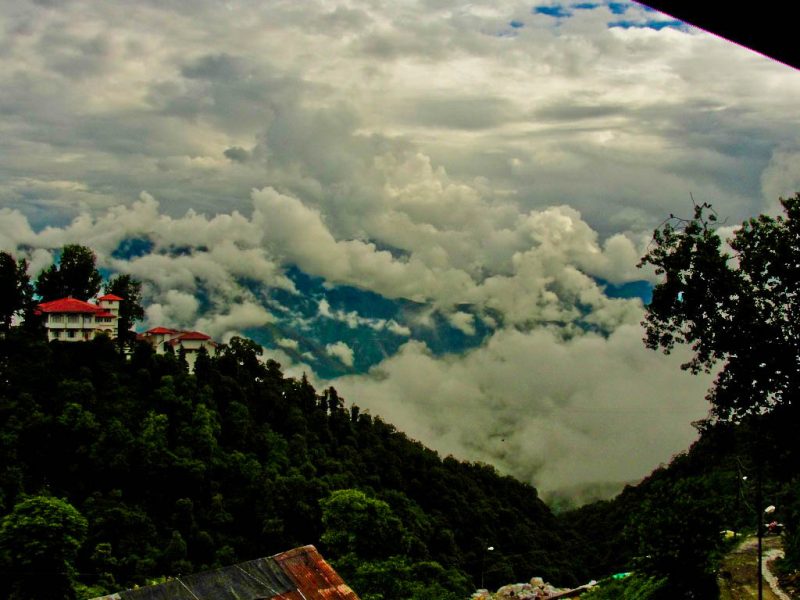
NGT calls for study on Mussoorie in light of the Joshimath disaster

The National Green Tribunal (NGT) directed the formation of a nine member committee to study Mussoorie and propose solutions to prevent environmental harm.
The tribunal was hearing a matter where it had initiated suo motu proceedings in view of a media report that the recent Joshimath disaster was a warning for Mussoorie where unplanned constructions continued.
Also Watch: After Joshimath, Karnaprayag houses develop cracks
A bench comprising Chairperson Justice AK Goel said a holistic study of the carrying capacity of eco-sensitive areas in the Himalayan regions was imperative for protection of the environment.
The bench, also comprising Judicial Member Justice Sudhir Agarwal and Expert Members A Senthil Vel and Afroz Ahmad, said, “Without undermining the need for study in all eco-sensitive areas… we direct specific study for Mussoorie…”
“Such study may cover as to how much constructions can be allowed and with what safeguards, what safeguards be used for existing buildings and all other relevant and associated aspects including vehicular traffic, sanitation management, maintaining ecological integrity in terms of soil stability and flora/fauna,” the bench said.
The bench also formed a nine-member joint committee headed by the Uttarakhand chief secretary.
Also Read: Geophysical scientists to do subsurface physical mapping of sinking Joshimath
Other committee members include the Central Pollution Control Board, ACS Environment, Wadia Institute of Himalayan Geology, Govind Ballabh Pant National Institute of Himalaya and Environment, National Institute of Hydrology, Space Application Centre and National Institute of Rock Mechanics, the bench said.
“The committee may suggest remedial measures to prevent environmental damage in the light of carrying capacity, hydro-geology studies, geo-morphological studies and also covering other allied and incidental issues,” it added.
The committee can seek assistance from any other experts or institutions and has to meet within two weeks.
The green panel has also directed the committee to complete its study within two months and furnish a report by April 30.
“The committee may also consider the concerns in the media report and it will be open to the chief secretary, Uttarakhand, to take preventive and remedial measures found necessary in the light of the media report otherwise,” it said.
Also Read: Explained: What is land subsidence, reason why Joshimath is sinking
The matter has been posted for further proceedings on May 16.
The tribunal noted that the Lal Bahadur Shastri National Academy of Administration, which studied Mussoorie’s carrying capacity in 2001, suggested that no further constructions were viable.
The Mussoorie Dehradun Development Authority, however, reportedly failed to go by the study and take preventive and remedial measures, it noted.
During the proceedings, the additional district magistrate (administration) said an inspection was undertaken with regard to seepage and land subsidence of buildings adjoining the road at Landour Bazar on January 12 and some multi-storeyed dilapidated buildings were ordered to be vacated.
“Sewage line is passing through the land which has subsided and there are no drains for drainage of the rainwater in 50-metre area of the buildings. The absence of proper drainage is the reason for the subsidence of sewer lines and roads,” the official said.
Noting his statement, the tribunal said the potential for disaster in Mussoorie is not ruled out unless safeguards are taken.
“Such potential exists in other hill cities of the country also, particularly in the Himalayan region, which has been noted in some (earlier) orders of the tribunal,” the green panel said.
(With agency inputs)


